Home>Furniture & Design>Living Room Furniture>How To Stop Swivel Recliner From Turning
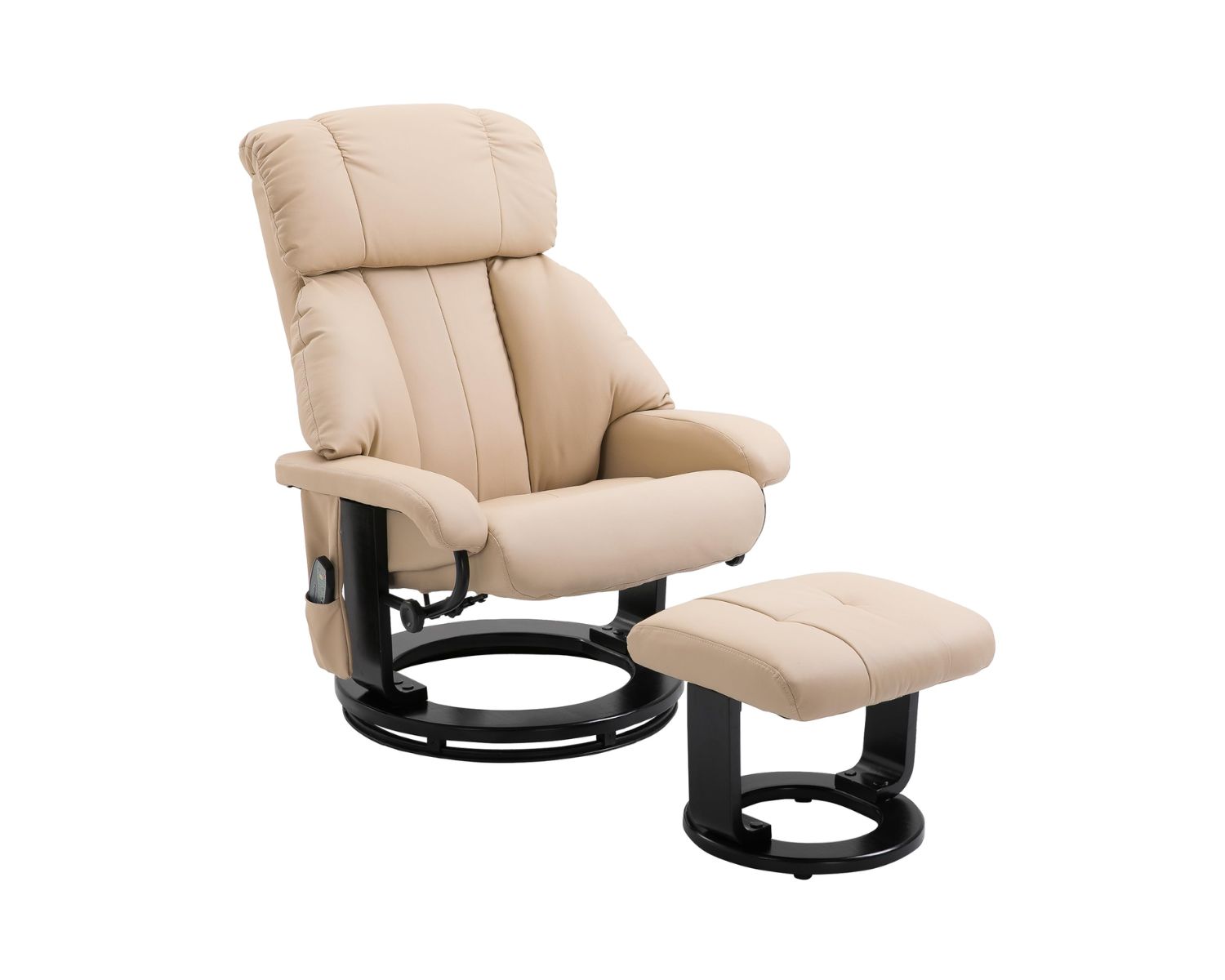

Living Room Furniture
How To Stop Swivel Recliner From Turning
Published: February 12, 2024
Learn how to prevent your swivel recliner from turning with these simple tips. Keep your living room furniture in place and enjoy a stable seating experience. Discover effective solutions for your living room furniture and design.
(Many of the links in this article redirect to a specific reviewed product. Your purchase of these products through affiliate links helps to generate commission for Storables.com, at no extra cost. Learn more)
Introduction
A swivel recliner is a versatile and comfortable piece of furniture that offers both relaxation and mobility. Whether it's for watching TV, reading a book, or simply unwinding after a long day, a swivel recliner provides a cozy spot to kick back and relax. However, there are times when you may want to prevent the swivel feature from turning, especially if the chair is placed in a specific position within a room or if you have young children or pets around. In this article, we will explore the mechanics of swivel recliners, identify common issues related to the swivel function, and provide practical solutions to stop a swivel recliner from turning when needed.
A swivel recliner typically features a circular base that allows the chair to rotate 360 degrees, providing users with the freedom to turn and pivot while seated. This functionality adds an extra dimension of convenience and flexibility to the recliner, making it a popular choice for many households. However, there are instances where the swivel feature may become a hindrance rather than a benefit. For example, if the recliner is positioned in a specific spot within a room to optimize the viewing angle of a television or to create a cozy conversation nook, the constant swiveling motion can be disruptive and inconvenient.
Understanding the mechanics of the swivel mechanism is essential in addressing this issue effectively. By gaining insight into how the swivel function operates, it becomes easier to identify potential problems and implement suitable solutions. Whether the swivel recliner is experiencing excessive or unwanted swiveling, or if it fails to lock in place as desired, there are various methods to address these concerns and regain control over the swivel feature.
In the following sections, we will delve into the intricacies of the swivel mechanism, discuss common issues that may arise with swivel recliners, and explore practical solutions to prevent the swivel recliner from turning when necessary. By the end of this article, you will have a comprehensive understanding of how to manage and control the swivel function of your recliner, allowing you to enjoy its comfort and functionality without the inconvenience of unwanted swiveling.
Key Takeaways:
- Keep your swivel recliner in place by using non-skid pads or mats to prevent unwanted turning, ensuring safety and stability in your living room.
- Regular maintenance, lubrication, and professional inspection can optimize your swivel recliner’s performance, providing smooth and controlled movement for a comfortable seating experience.
Read more: How To Stop A Swivel Recliner From Swiveling
Understanding the Swivel Mechanism
The swivel mechanism in a recliner is a pivotal component that enables the chair to rotate 360 degrees horizontally. This feature is made possible by a circular base attached to the bottom of the recliner, allowing for smooth and effortless rotation. The swivel mechanism consists of several key elements that work in unison to facilitate the chair's rotational movement.
At the core of the swivel mechanism is a ball bearing or a similar rotational joint, which serves as the pivot point for the recliner's swivel function. This ball bearing is strategically positioned within the circular base, providing a stable yet flexible point around which the chair can rotate. The ball bearing is engineered to minimize friction, ensuring that the swiveling motion is smooth and seamless.
Additionally, the swivel mechanism incorporates a series of bearings, gears, and lubricants to facilitate the rotational movement of the recliner. These components are meticulously designed to minimize wear and tear, thereby maintaining the longevity and functionality of the swivel feature.
The swivel mechanism is often accompanied by a locking mechanism, which allows users to secure the recliner in a stationary position when desired. This locking mechanism typically engages with the circular base, preventing the chair from swiveling when activated. By engaging the lock, users can effectively immobilize the swivel function, providing stability and control over the chair's orientation.
Understanding the intricate workings of the swivel mechanism is crucial in addressing any issues related to unwanted swiveling or difficulty in locking the recliner in place. By familiarizing oneself with the components and operation of the swivel mechanism, it becomes easier to diagnose potential problems and implement appropriate solutions to prevent the swivel recliner from turning when necessary.
In the next section, we will delve into common issues that may arise with the swivel mechanism of recliners and explore practical solutions to effectively manage and control the swivel function. This will empower users to make informed decisions and take proactive measures to optimize the performance of their swivel recliners.
Identifying the Problem
Identifying the problem with a swivel recliner involves recognizing any issues related to the swivel mechanism that may hinder its smooth operation or compromise its stability. Common problems associated with swivel recliners include excessive swiveling, difficulty in locking the chair in place, or a lack of control over the swivel function. By pinpointing these issues, users can take targeted measures to address the root cause and restore the optimal functionality of their swivel recliners.
Excessive swiveling is a prevalent issue that can disrupt the comfort and convenience of using a swivel recliner. This problem manifests as the chair rotating too freely or with minimal resistance, leading to unintended movement and potential inconvenience. Excessive swiveling may be attributed to wear and tear of the swivel mechanism components, inadequate lubrication, or a misalignment of the rotational elements. Additionally, difficulty in locking the recliner in place can pose a significant challenge, especially when users seek to maintain a stationary position for prolonged periods. A malfunctioning locking mechanism, worn-out components, or improper engagement of the lock may contribute to this issue.
Furthermore, a lack of control over the swivel function can detract from the overall user experience, as it diminishes the chair's adaptability to specific seating arrangements or spatial configurations. This problem may arise from a loss of precision in the swivel mechanism, resulting in erratic or unpredictable swiveling behavior. Additionally, if the swivel recliner fails to respond to attempts to engage or disengage the swivel function, it can impede the user's ability to customize their seating experience according to their preferences.
By identifying these problems, users can take proactive steps to troubleshoot and resolve the underlying issues affecting their swivel recliners. In the subsequent section, we will explore practical solutions to address these problems effectively, empowering users to regain control over the swivel function and enhance their overall experience with their recliners.
Solutions to Stop Swivel Recliner from Turning
1. Lubrication and Maintenance
Regular lubrication of the swivel mechanism is essential to ensure smooth and controlled movement of the recliner. Applying a suitable lubricant to the rotational components, such as the ball bearing and gears, helps reduce friction and minimizes wear, thereby optimizing the swivel function. Additionally, periodic maintenance, including inspection for any signs of wear or misalignment, can preemptively address potential issues and prolong the longevity of the swivel recliner.
Read more: How To Stop Recliner From Sliding
2. Adjusting Tension and Alignment
In cases of excessive swiveling, adjusting the tension of the swivel mechanism can provide a viable solution. By tightening the tension settings, users can regulate the degree of swiveling, preventing the chair from rotating too freely. Similarly, ensuring proper alignment of the swivel components can contribute to a more controlled and predictable swivel motion, enhancing the user's ability to manage the recliner's orientation.
3. Engaging the Locking Mechanism
Utilizing the locking mechanism effectively immobilizes the swivel function, providing stability and control over the recliner's position. Engaging the lock when a stationary position is desired prevents unintended swiveling, allowing users to enjoy a consistent seating arrangement without disruptions. Ensuring that the locking mechanism is fully functional and securely engaged is crucial in halting the swivel motion when necessary.
4. Professional Inspection and Repair
Seeking professional assistance for thorough inspection and repair of the swivel mechanism can address underlying issues that may be challenging to resolve independently. A qualified technician can diagnose and rectify complex mechanical issues, replace worn-out components, and recalibrate the swivel mechanism to restore optimal functionality. Professional intervention offers a comprehensive solution for persistent swivel-related problems, ensuring the recliner operates as intended.
5. Utilizing Non-Skid Pads or Mats
Placing non-skid pads or mats beneath the swivel recliner's base can provide traction and stability, minimizing unintended movement on smooth surfaces. This simple yet effective solution helps prevent the recliner from swiveling when positioned in a specific location, enhancing safety and convenience. Non-skid pads offer an additional layer of control over the swivel recliner's movement, particularly in environments where stability is paramount.
By implementing these practical solutions, users can effectively manage and control the swivel function of their recliners, mitigating issues related to unwanted swiveling and enhancing the overall usability of the furniture. Each approach offers a targeted method to address specific concerns, empowering users to tailor their swivel recliner experience to suit their preferences and spatial requirements.
Read more: How To Stop A Recliner From Rocking
Conclusion
In conclusion, the swivel recliner, with its versatile swivel mechanism, offers a blend of comfort and mobility, allowing users to enjoy a wide range of seating positions while benefiting from the freedom of rotational movement. However, the convenience of the swivel feature can sometimes lead to challenges, such as excessive swiveling, difficulty in locking the chair in place, or a lack of control over the swivel function.
By gaining a comprehensive understanding of the swivel mechanism and identifying common issues associated with swivel recliners, users can proactively address these concerns and implement practical solutions to prevent the swivel recliner from turning when necessary.
Through regular lubrication and maintenance, users can ensure the smooth and controlled movement of the swivel recliner, prolonging its longevity and optimizing its performance. Adjusting tension and alignment provides a tailored approach to regulating the degree of swiveling, enhancing the user's ability to manage the recliner's orientation. Engaging the locking mechanism effectively immobilizes the swivel function, providing stability and control over the recliner's position, while seeking professional inspection and repair offers a comprehensive solution for persistent swivel-related problems.
Additionally, utilizing non-skid pads or mats beneath the swivel recliner's base can provide traction and stability, minimizing unintended movement on smooth surfaces, thus enhancing safety and convenience.
By implementing these practical solutions, users can effectively manage and control the swivel function of their recliners, mitigating issues related to unwanted swiveling and enhancing the overall usability of the furniture. Each approach offers a targeted method to address specific concerns, empowering users to tailor their swivel recliner experience to suit their preferences and spatial requirements.
Ultimately, by leveraging the insights and solutions presented in this article, users can confidently navigate the intricacies of the swivel recliner's functionality, ensuring a seamless and enjoyable seating experience tailored to their individual needs and preferences.
Frequently Asked Questions about How To Stop Swivel Recliner From Turning
Was this page helpful?
At Storables.com, we guarantee accurate and reliable information. Our content, validated by Expert Board Contributors, is crafted following stringent Editorial Policies. We're committed to providing you with well-researched, expert-backed insights for all your informational needs.
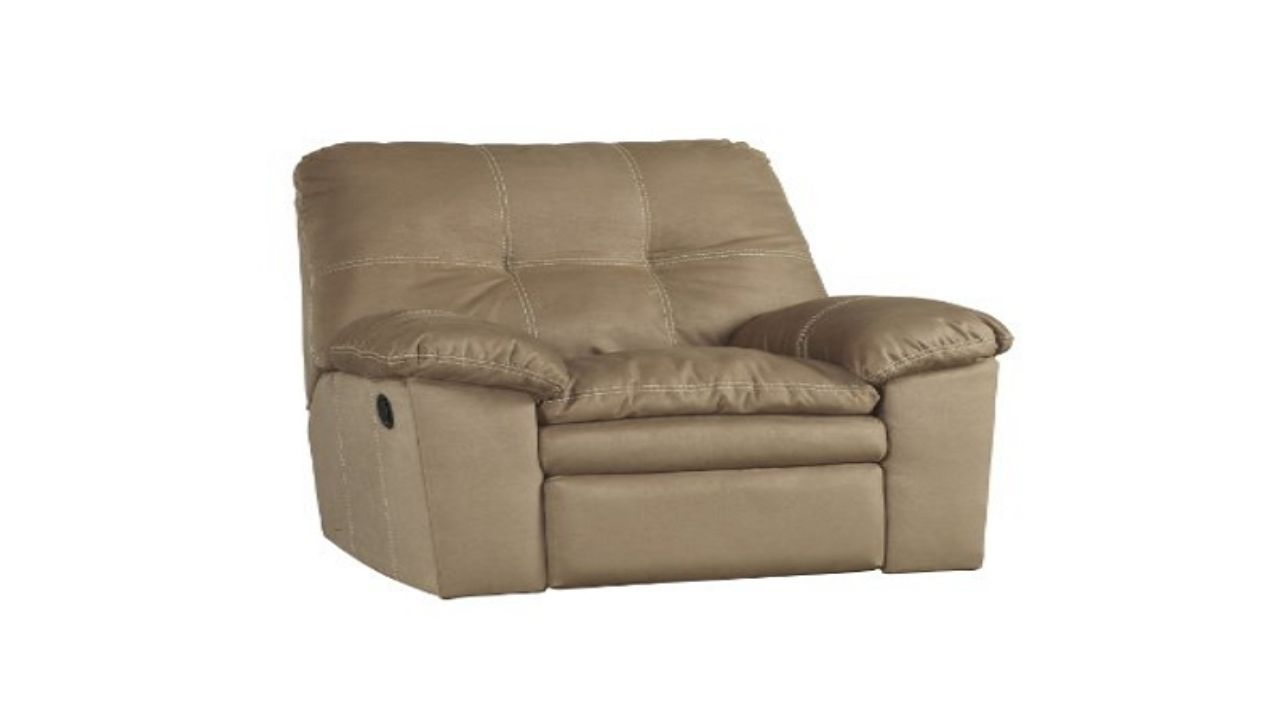
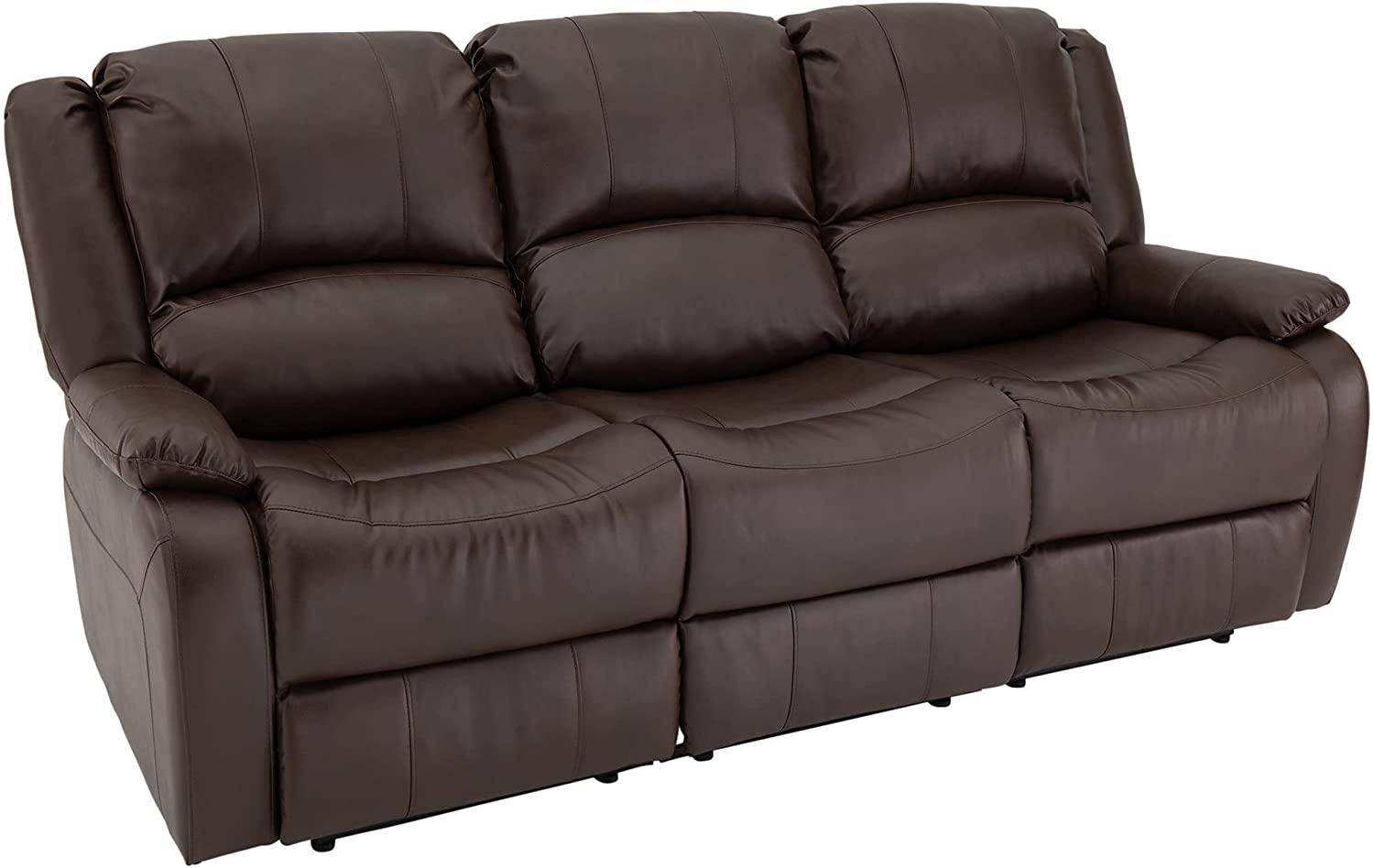
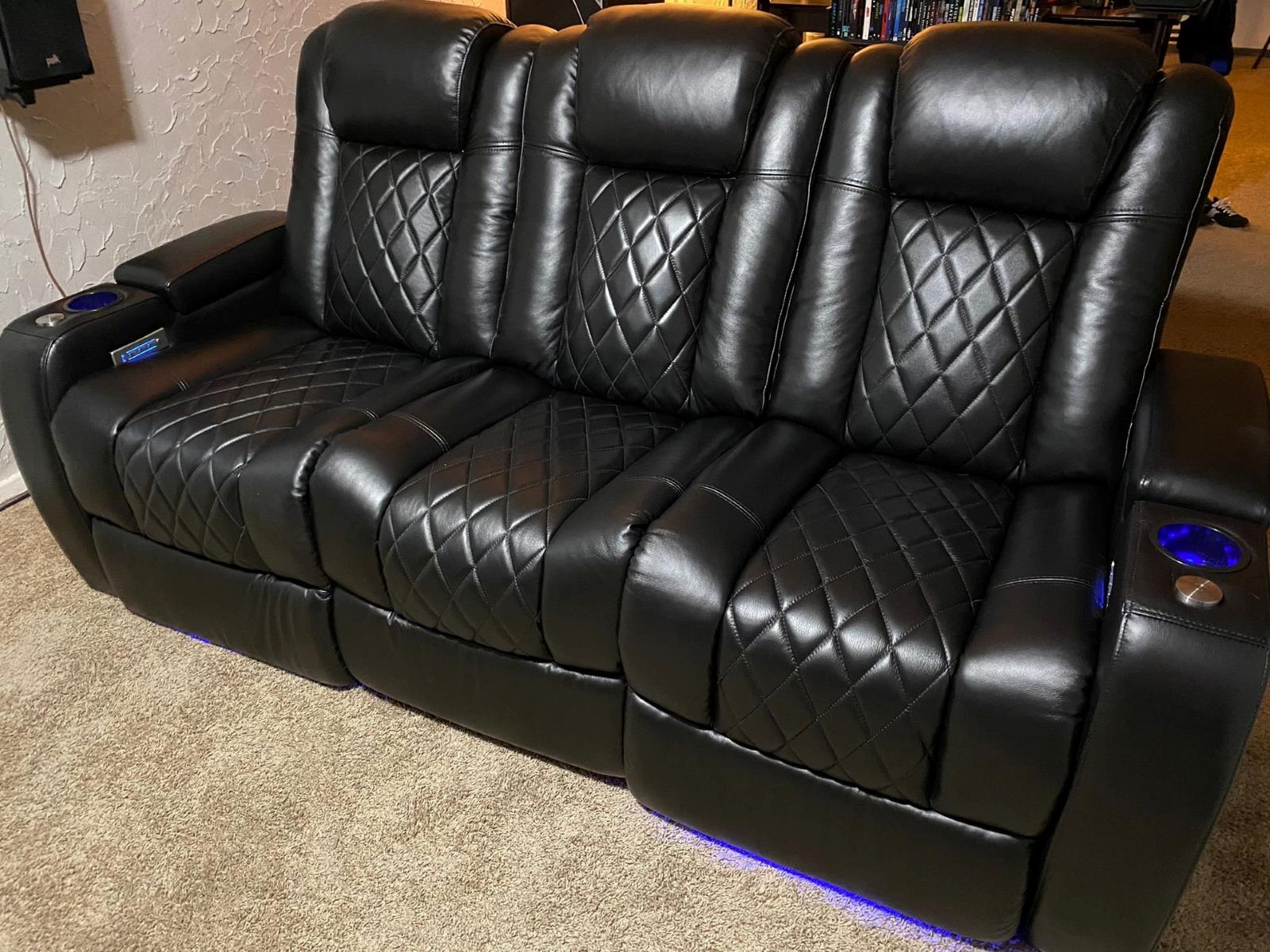
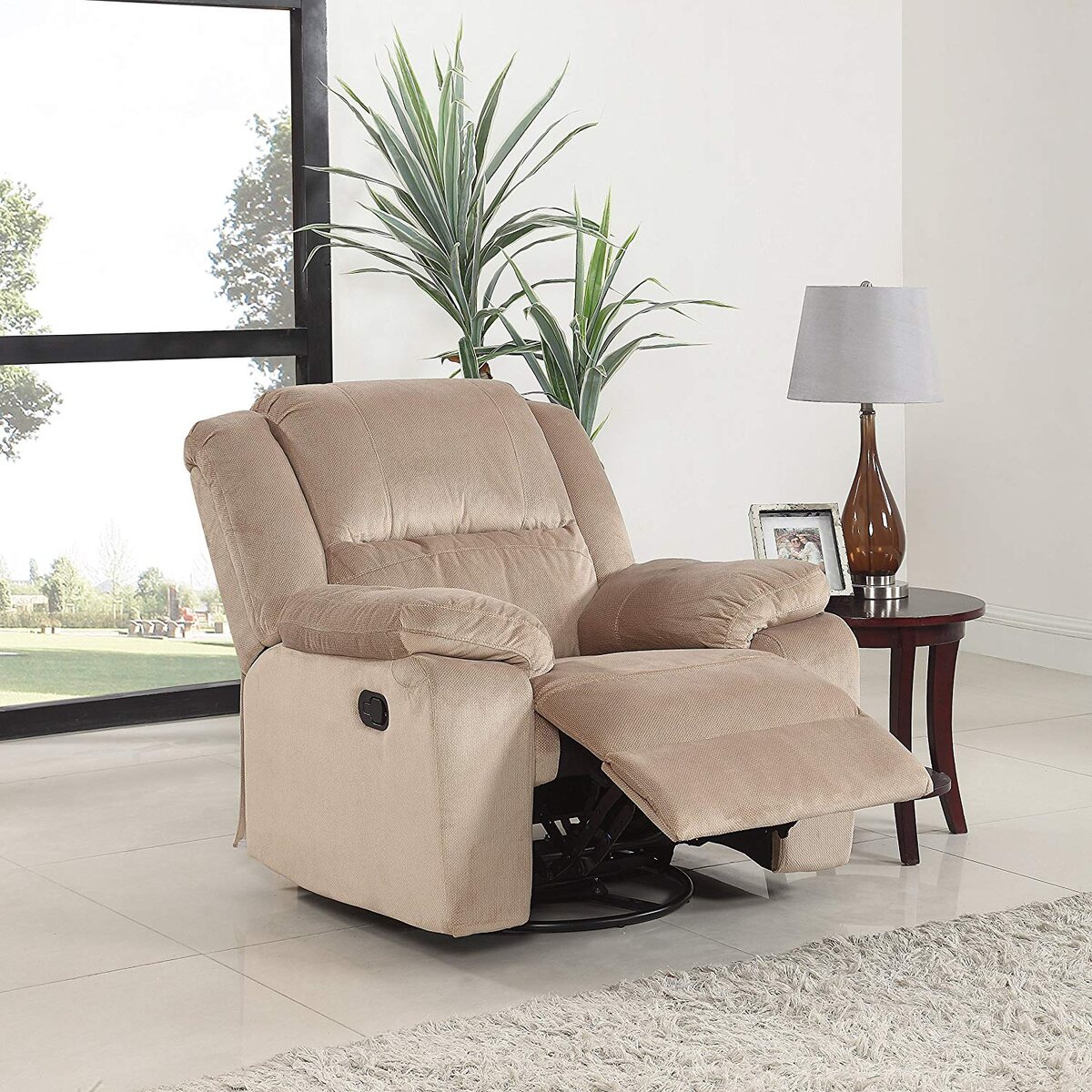
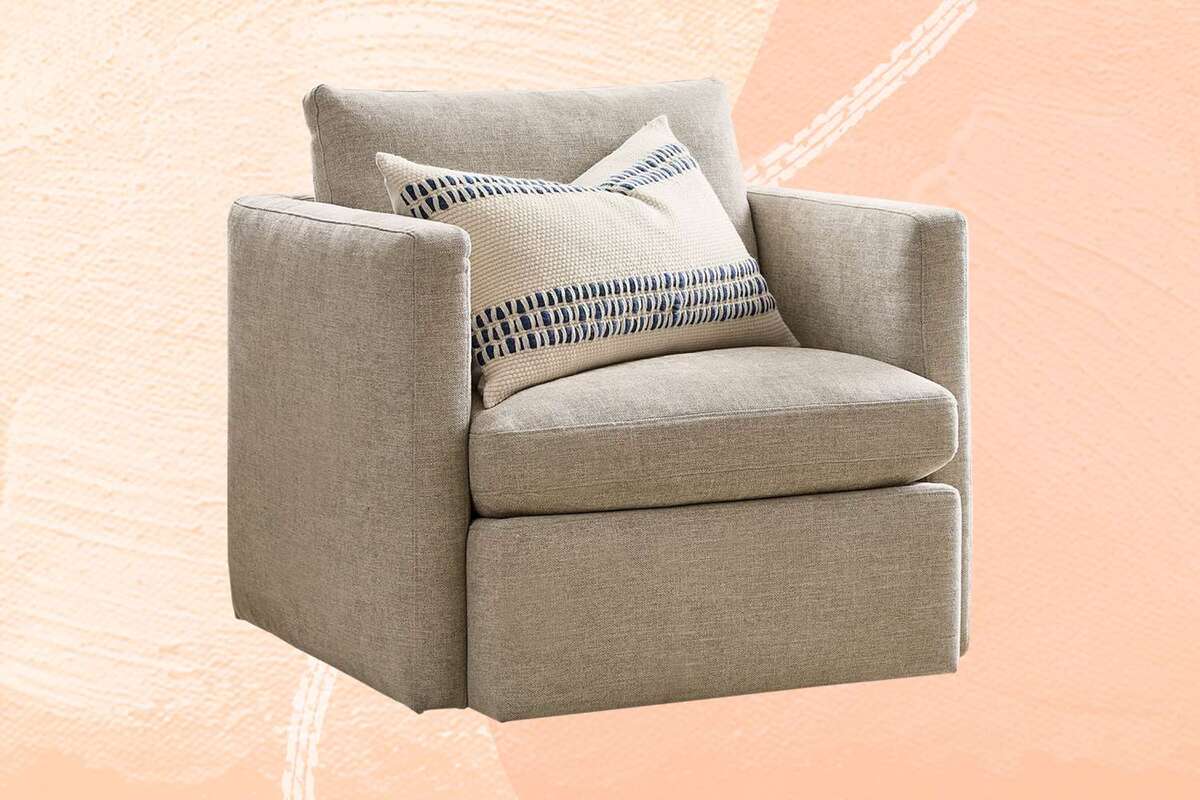
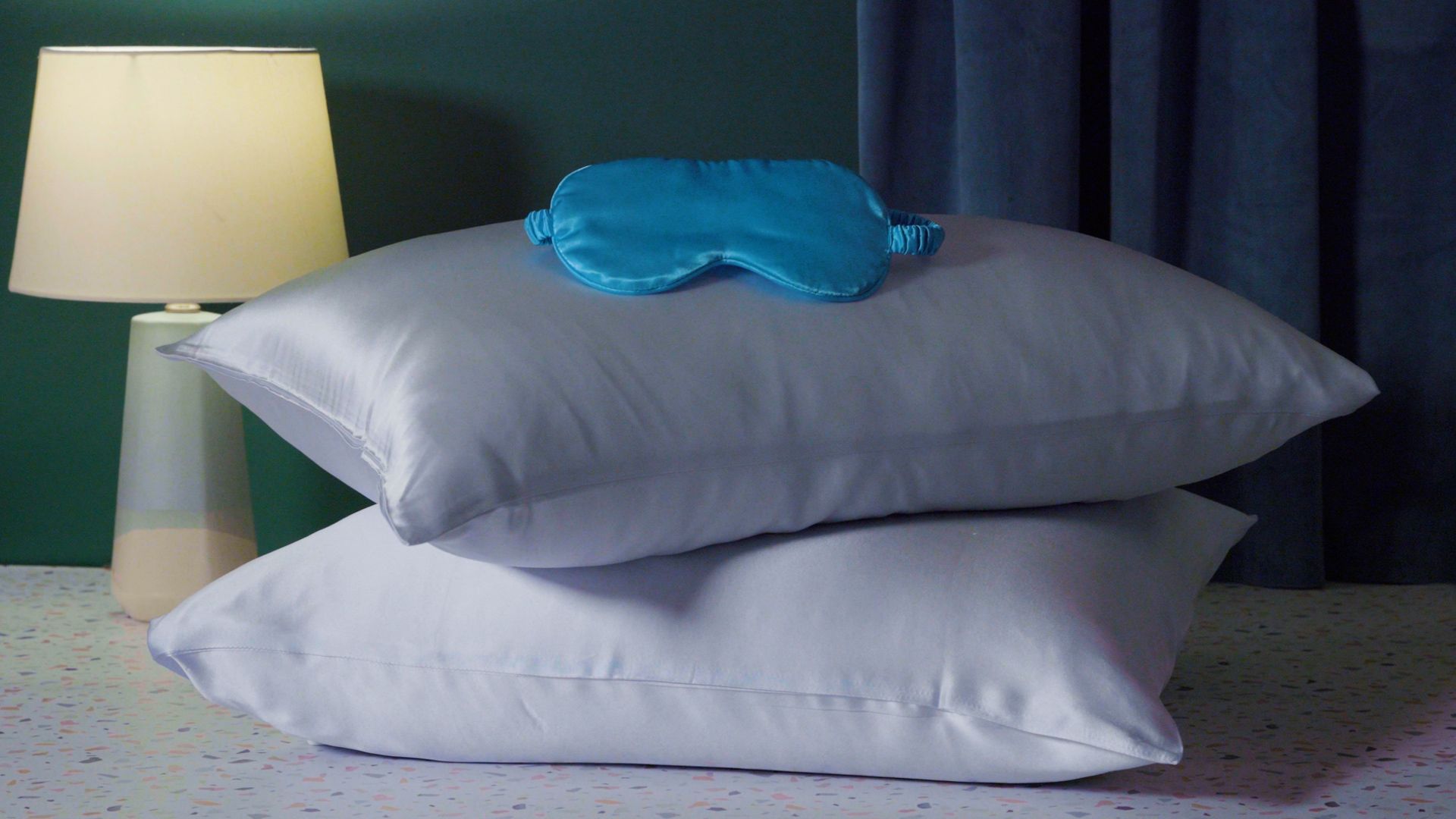
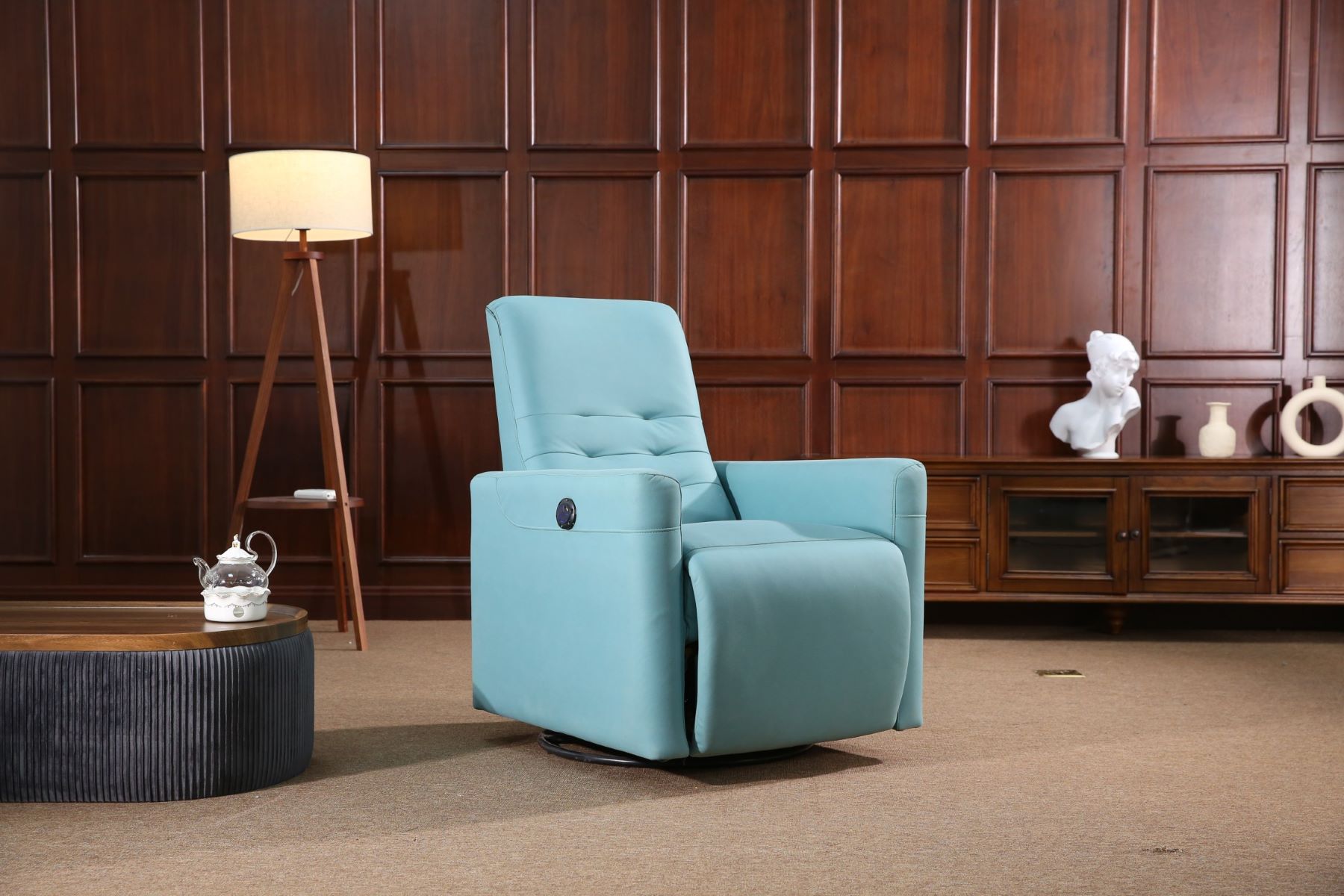
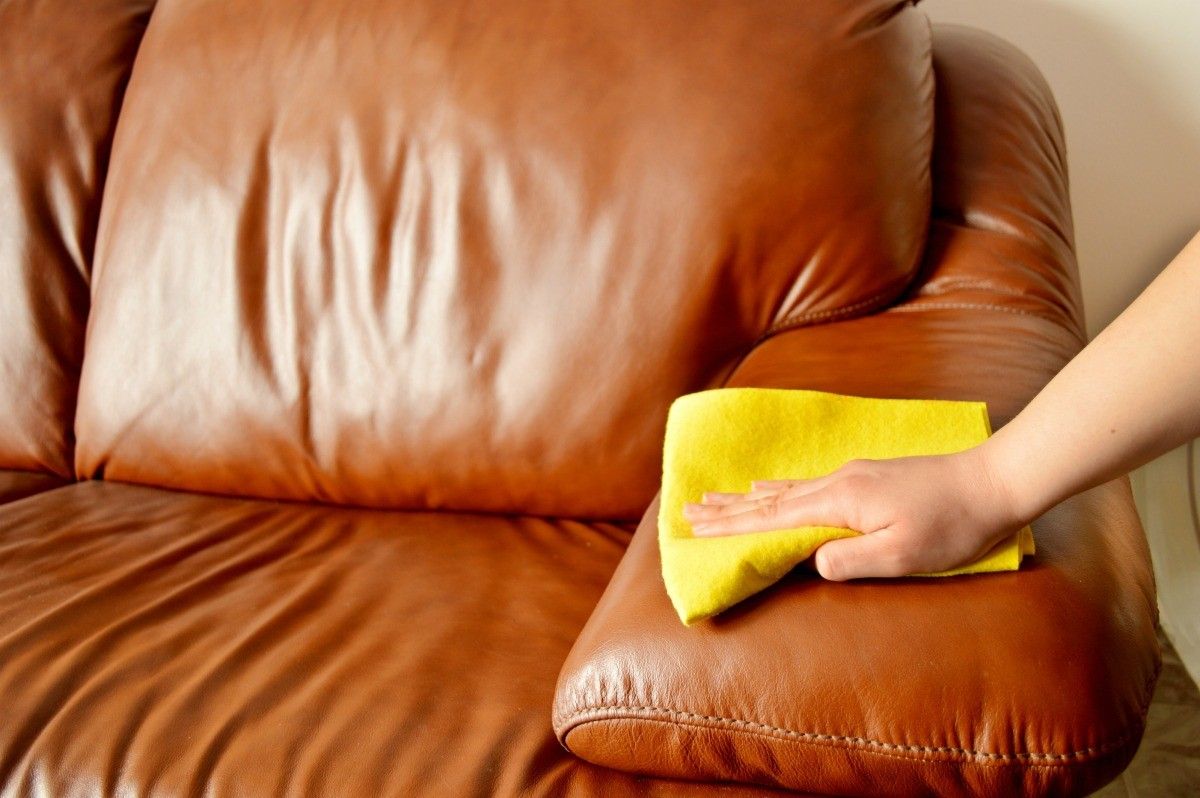
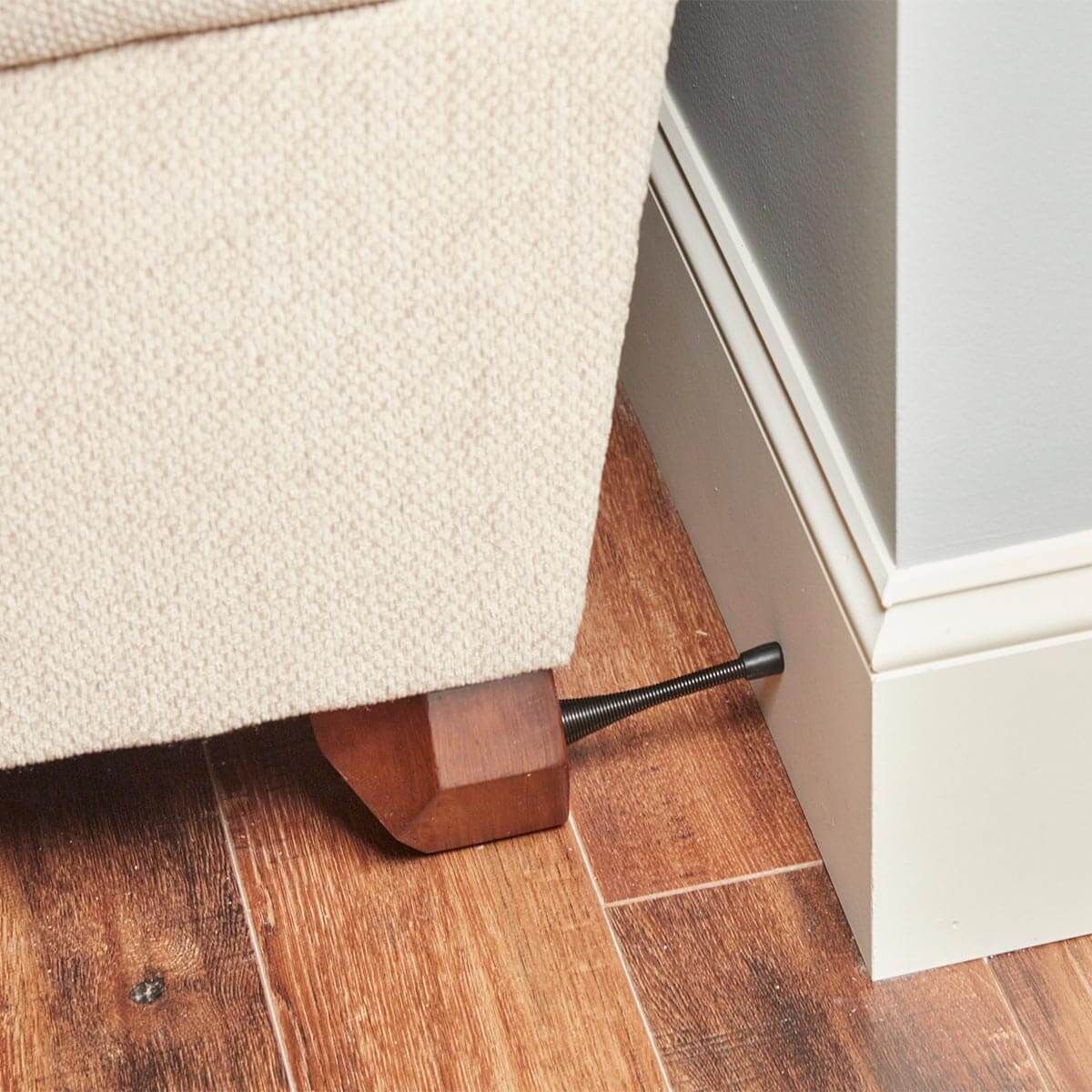
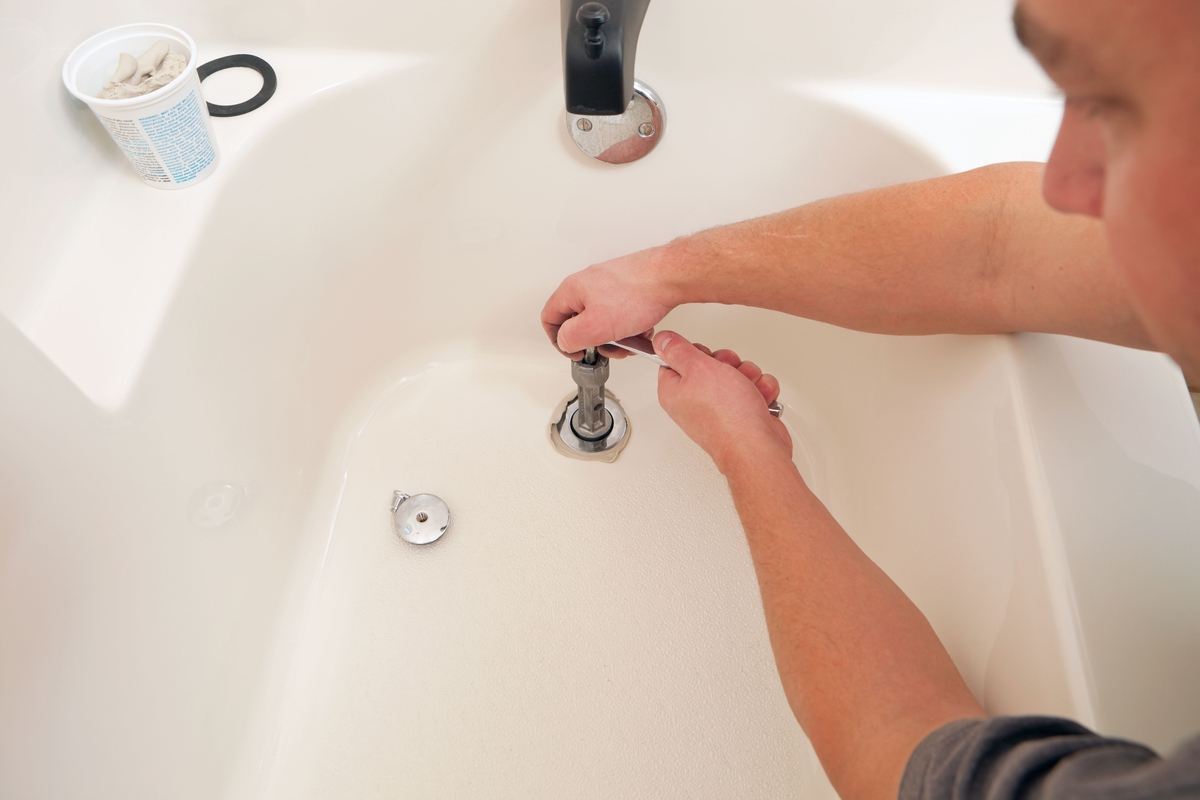
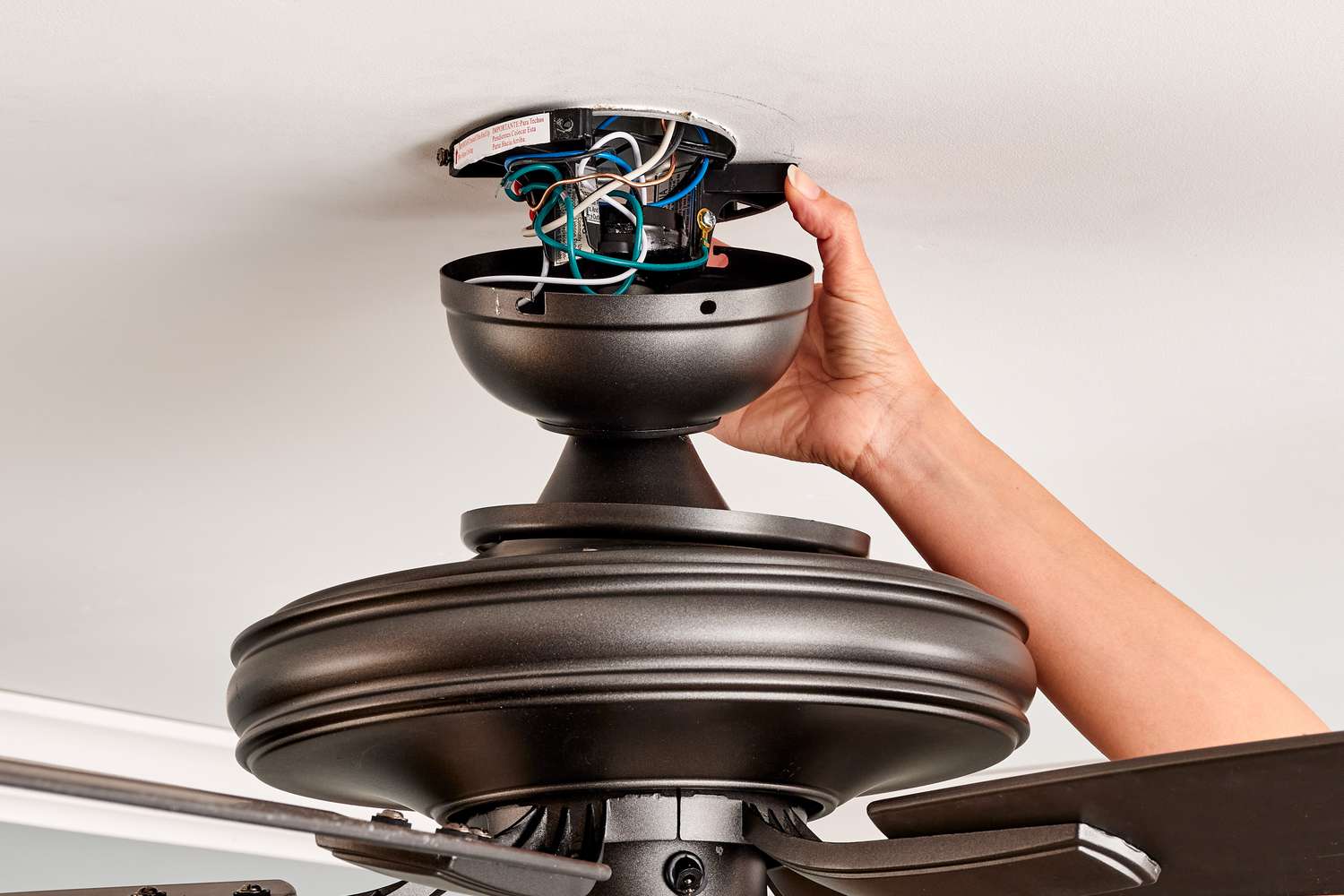

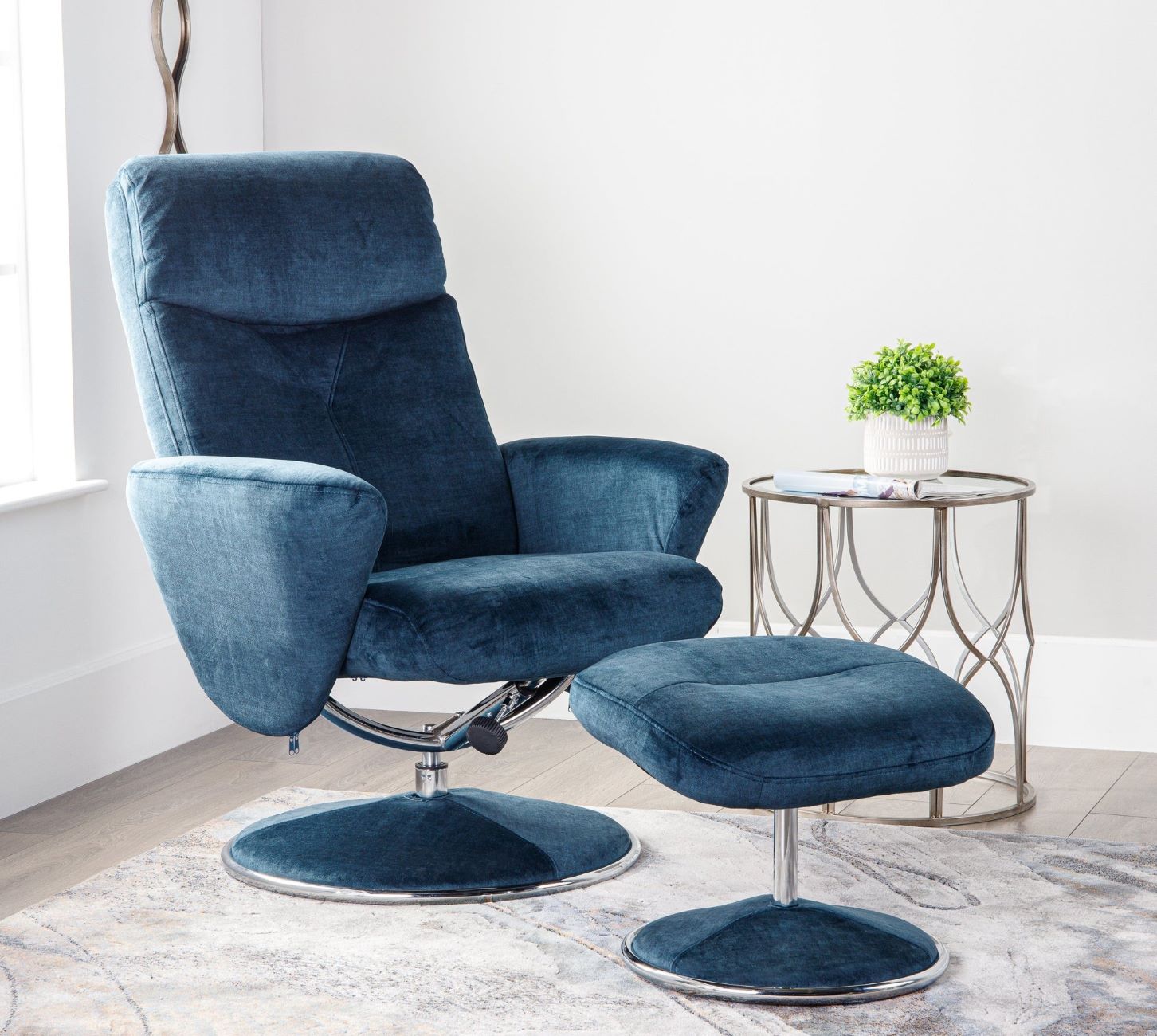

0 thoughts on “How To Stop Swivel Recliner From Turning”